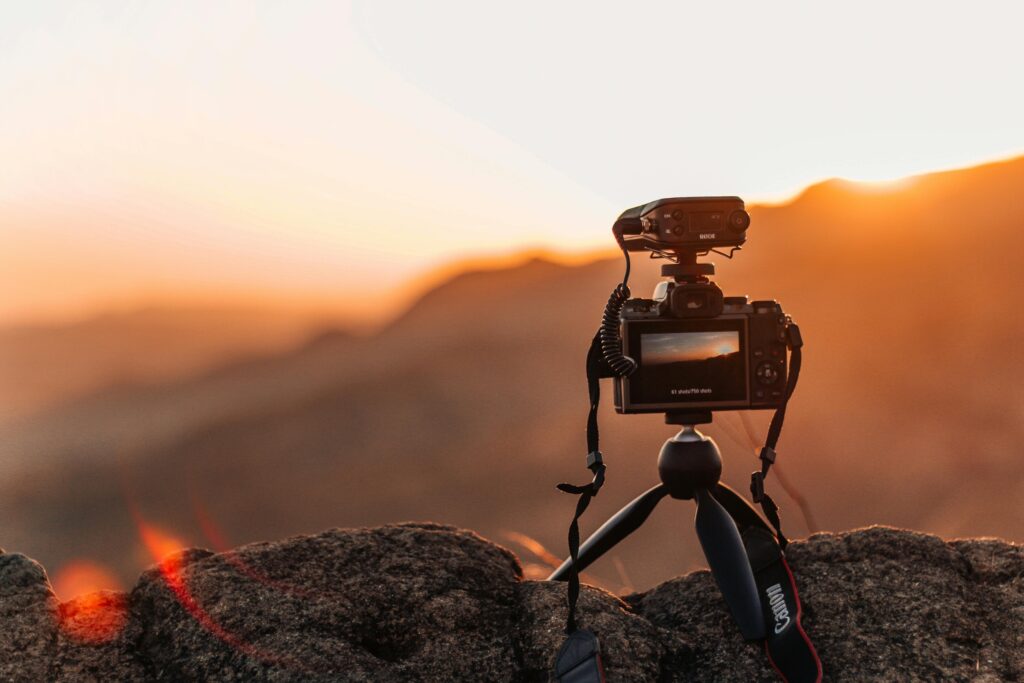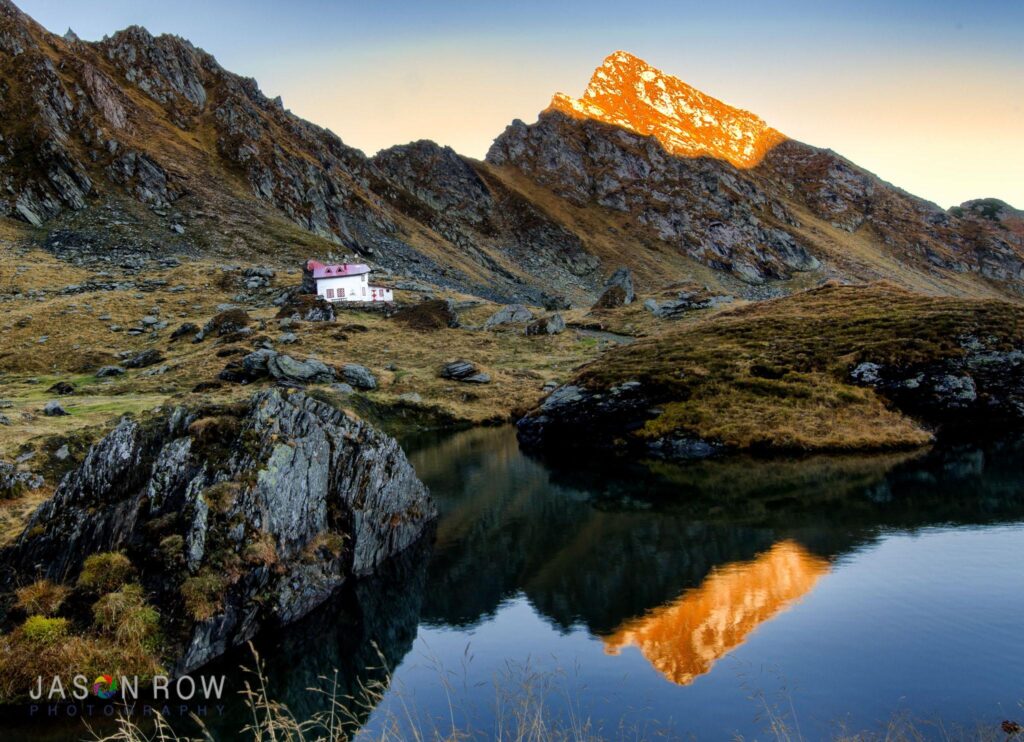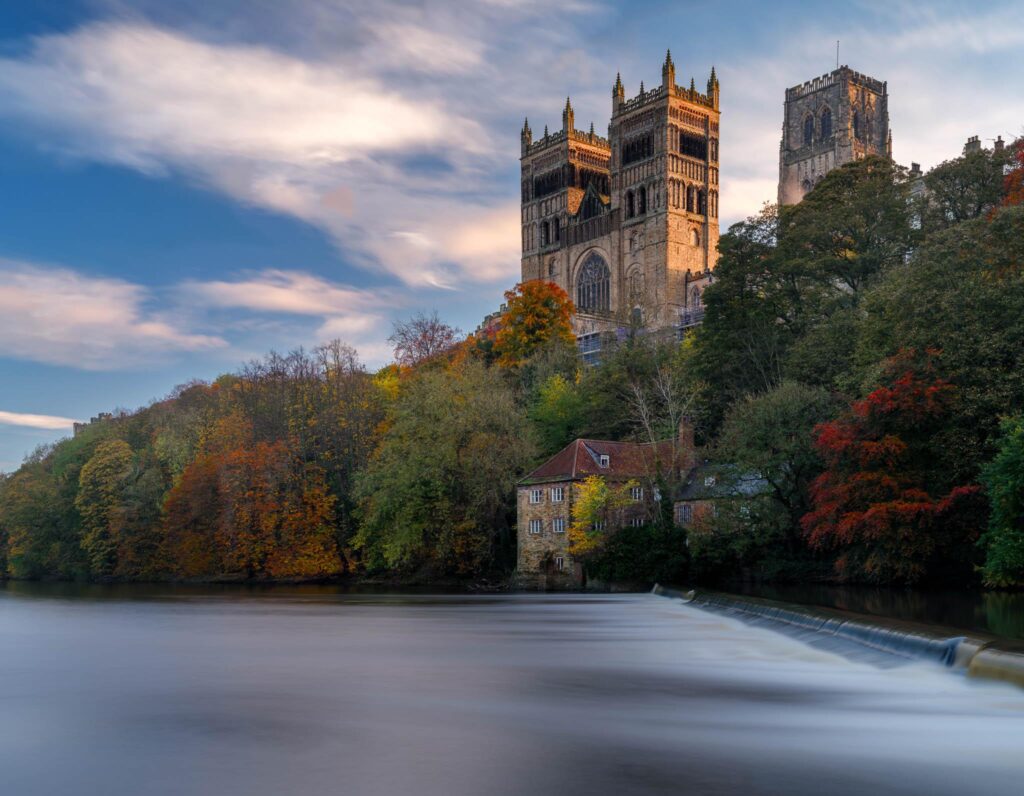I wonder if you feel like I do, a little frustrated at times. Frustrated, why I hear you ask? Well, let me explain. The first image below this paragraph is of Durham Cathedral. Looks like a nice picture, right? Good composition, lovely exposure, great color, and perfect focus.
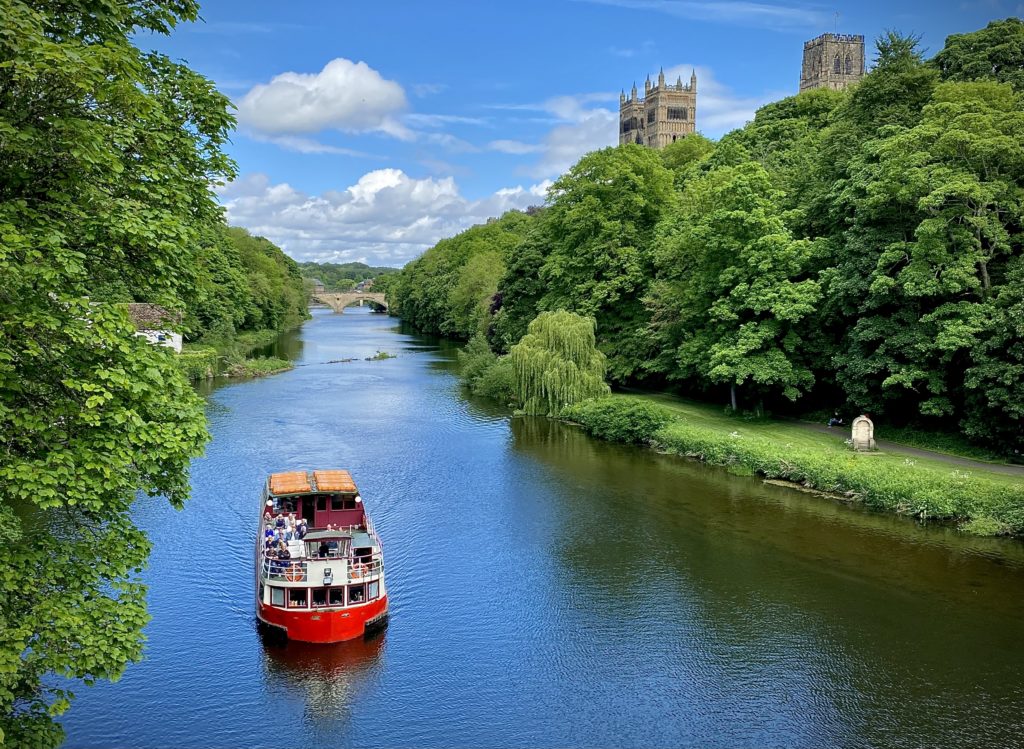
So what’s wrong with it I hear you ask? The answer is, absolutely nothing, it's a great shot. It’s also a snapshot taken on an iPhone in the briefest of moments with little thought and consideration. I took it because I was actually setting up my “proper” camera on a tripod. The boat appeared in the shot, I realized I would not have my Fuji ready so I whipped out my iPhone. The results speak for themselves but are also the source of my frustration.
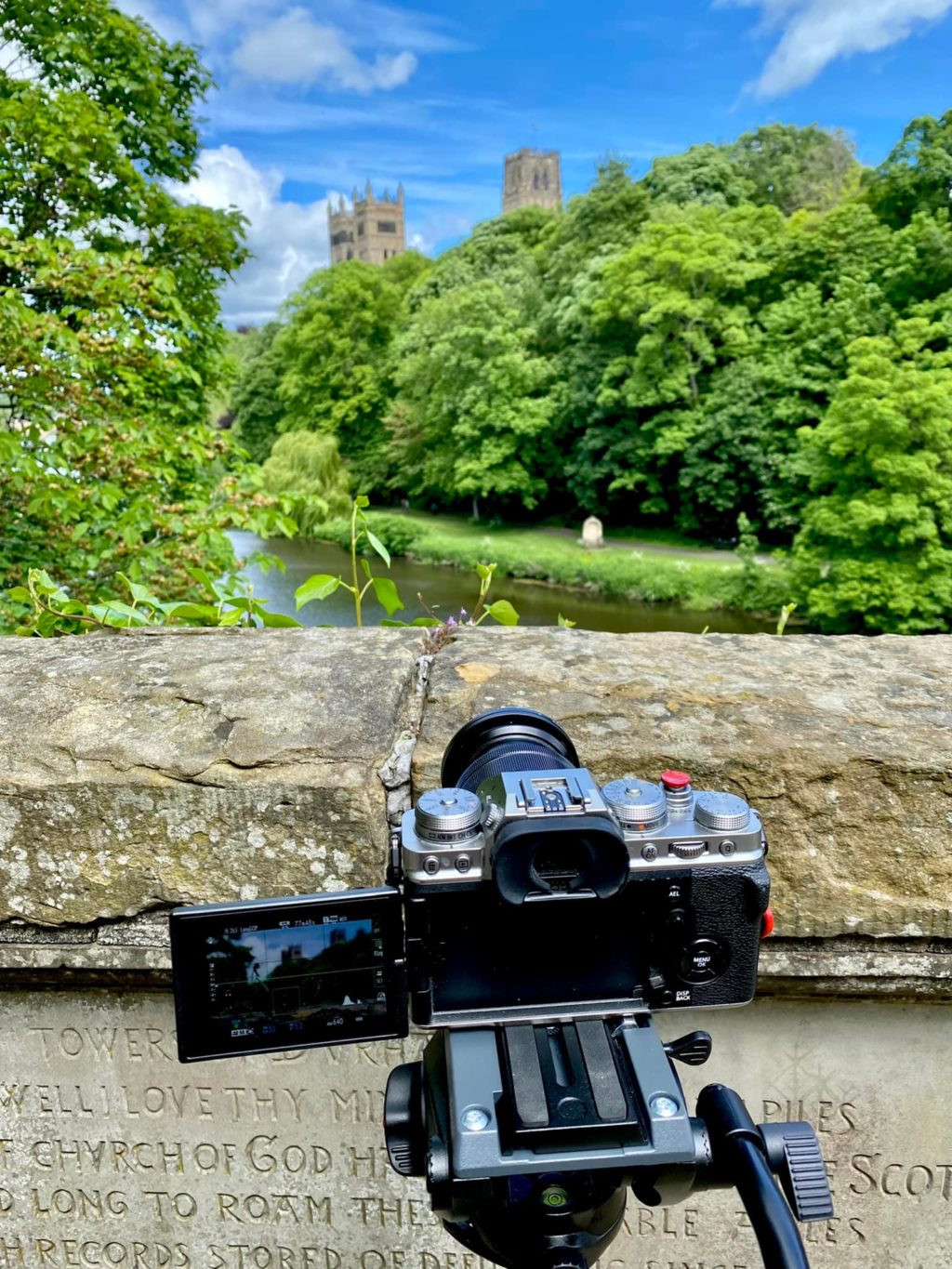
Frustration Can Be Overcome
You see, despite my 35+ years as a photographer, literally, anyone with a keen eye could have got the same shot on almost any smartphone. A few short years ago, this sort of image would be the preserve of a reasonably well-skilled photographer. Nowadays there is no need for any photographic experience or specialist equipment.
However, my frustration should not be mistaken for bitterness. Indeed it should be seen as a source of inspiration. The inspiration to go move beyond the run-of-the-mill snapshots and to produce work that requires the use of my skill, knowledge, and most of all patience. In this article, I will demonstrate how patience will make your images stand out.
Unnail Your Feet From The Ground
The simplest form of patience in photography is just to spend time looking through the camera at the scene. Don’t simply raise the camera and fire away willy, nilly. The easiest way to slow your photography down is to give each shot a mental cost as if it were one frame on a roll of film.
This in itself will teach you to make every shot count, but it will also teach you patience.
However, patience is nothing if the scene in front of you is subpar. You need to move, explore different angles, and contort your body into unnatural postures, just to make sure you are getting the right shot. Patience is not all about waiting, it’s about spending time exploring all the possibilities that are available to you.
It’s also about not only looking for the best composition but looking for the flaws in that composition. Is that leading line bleeding out of frame in the wrong place? Is there a discarded Pepsi can in the shot. Looking for all the little details within your composition will slow you down and make your images stand out.
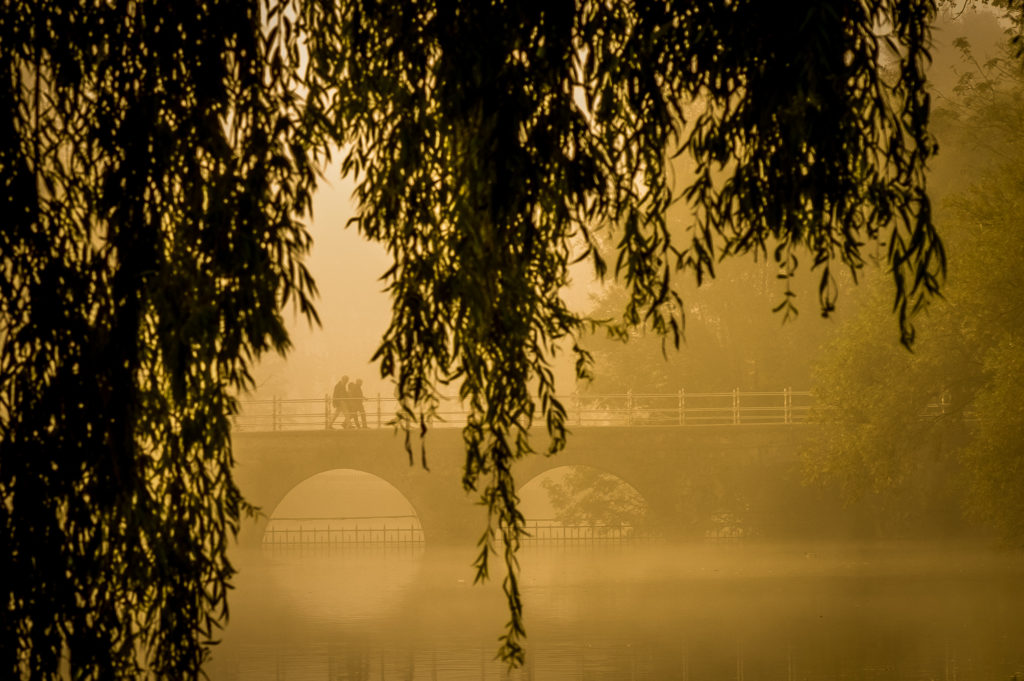
Long Exposure Photography
I am going to put this out there, long exposure photography marks you out as having some camera skills. Now I know that technically I can hold my iPhone up, shoot in live mode, and allow some Apple algorithm to create motion blur. But the end result will be nowhere as beautiful as a well-exposed, nicely composed long exposure. Take a look at this shot below. It was taken 200m from where I took the iPhone snapshot. Visually it’s a much stronger image, one that suggests that the photographer has some skill and creativity. It also took me the best part of 10 minutes to take each shot I did there.
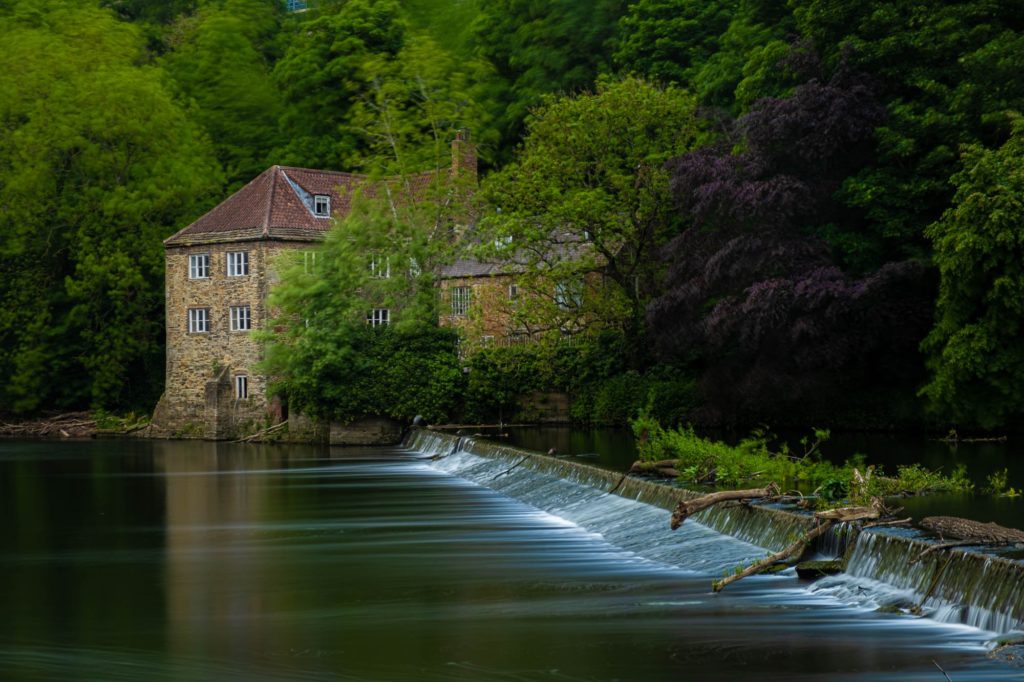
Why ten minutes? Well, obviously it’s a long exposure. But it’s also an HDR merged long exposure, consisting of five shots, the longest of which was 4 minutes long. It required me to think carefully about the composition, where the motion is coming from – water in this case but equally sky as well – and to think about how much neutral density I would need to add.
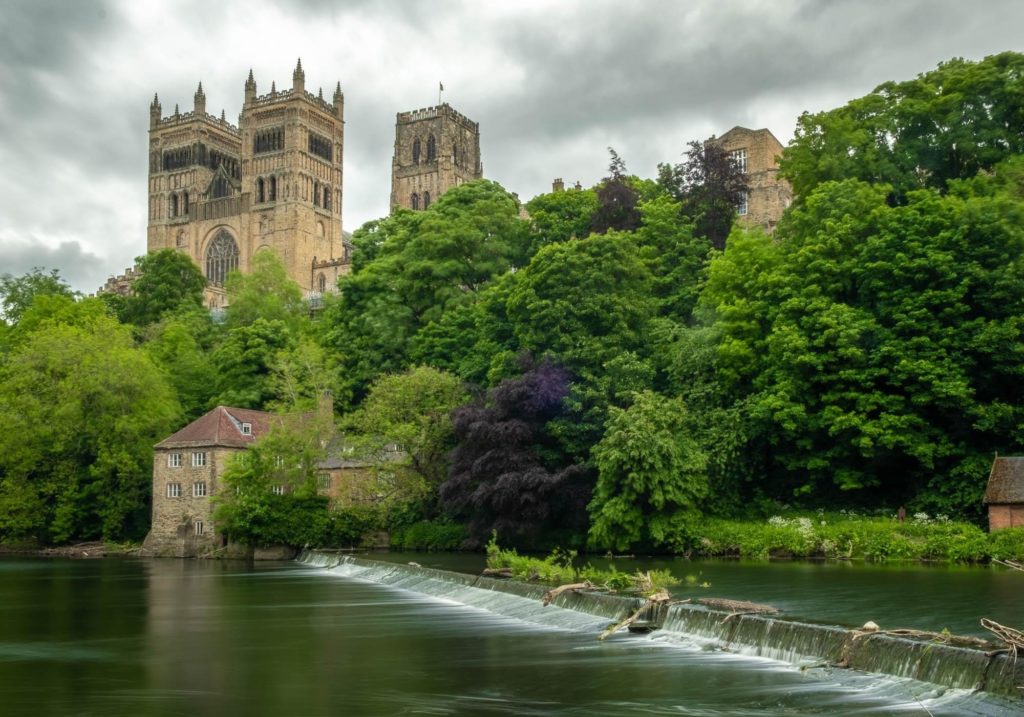
In the case of this shot, I did not want to stop down to f/22 and introduce diffraction so I shot at f/8 and used 16 stops of ND. All of that required a lot of patience but the end result speaks for itself. It also required a tripod. Something you will need for the next suggestion.
Blue Hour Photography
It’s no secret that I love blue hour photography, indeed I have created a whole video course about it. There is a delicious irony to the blue hour when it comes to patience. You need to work fast but with patience. Let me explain.
The Blue Hour is rarely an hour, in fact, in the tropics, it can be more like 20 minutes. This means you need to work very fast to get the shot you want. That also means you need to have spent time scouting, locating, and setting up the best possible shot before the Blue Hour kicks in. In other words, you need to work patiently, give yourself plenty of time, and shoot some test shots to check the composition, all before the mad rush of blue sweeps over you.
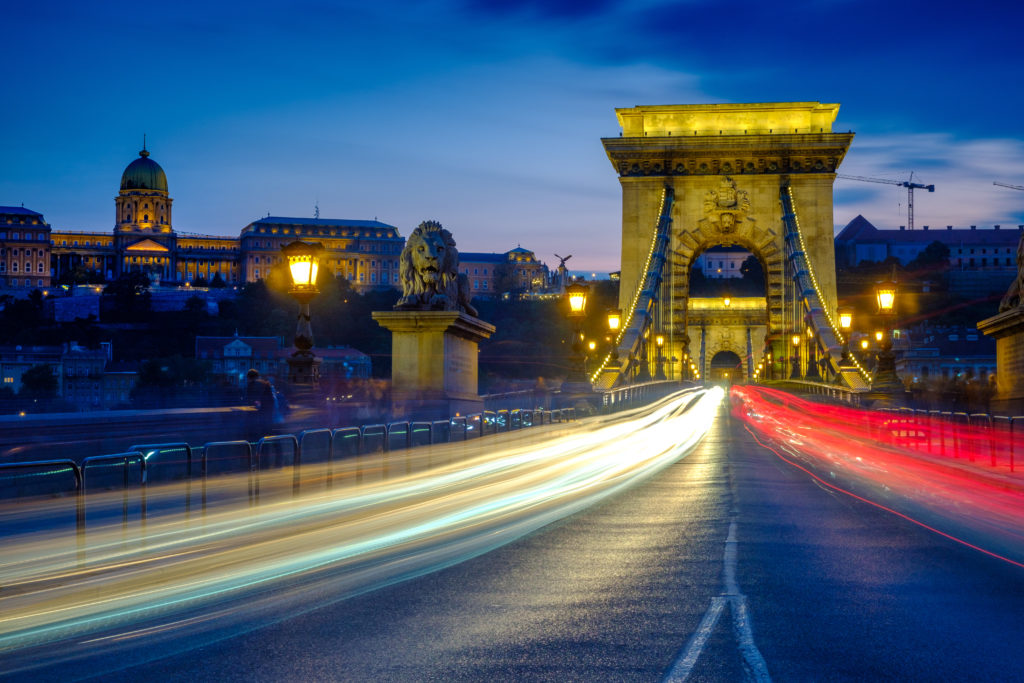
You also, of course, need to work off of a tripod, and as any self-respecting photographer will know, that requires the patience of Job. However again despite the night modes that modern smartphones have, a well-exposed and composed Blue Hour shot will always be leaps and bounds ahead of any snapshot.
Wildlife And Other Animals
I am a relatively patient photographer, but even I struggle with wildlife. Heck, even my cats frustrate me when I am trying to capture them. Imagine then spending hours in a remote hide trying to photograph snow leopards in the wild. You would certainly need absolute patience for that.
Of course, snow leopards in the wild are not really an option for most of us. However, we are surrounded by wildlife even in urban environments. If you want to practice your patience, try shooting squirrels or urban birds, in a natural-looking environment. If you want to learn next-level patience, look at trying to capture great shots of your local foxes. Capturing any kind of animal will slow you down and try your patience. However, ultimately a good wildlife shot will define you as a skillful photographer. There are not many winners of wildlife photography competitors that captured their shots on an iPhone.
I see the advent of the “perfect” snapshot as a challenge. A challenge for me to up my game and to find the sorts of shots that cannot be captured on an iPhone. A challenge that requires me to be patient and to really think about my craft. And that’s not a bad thing.

